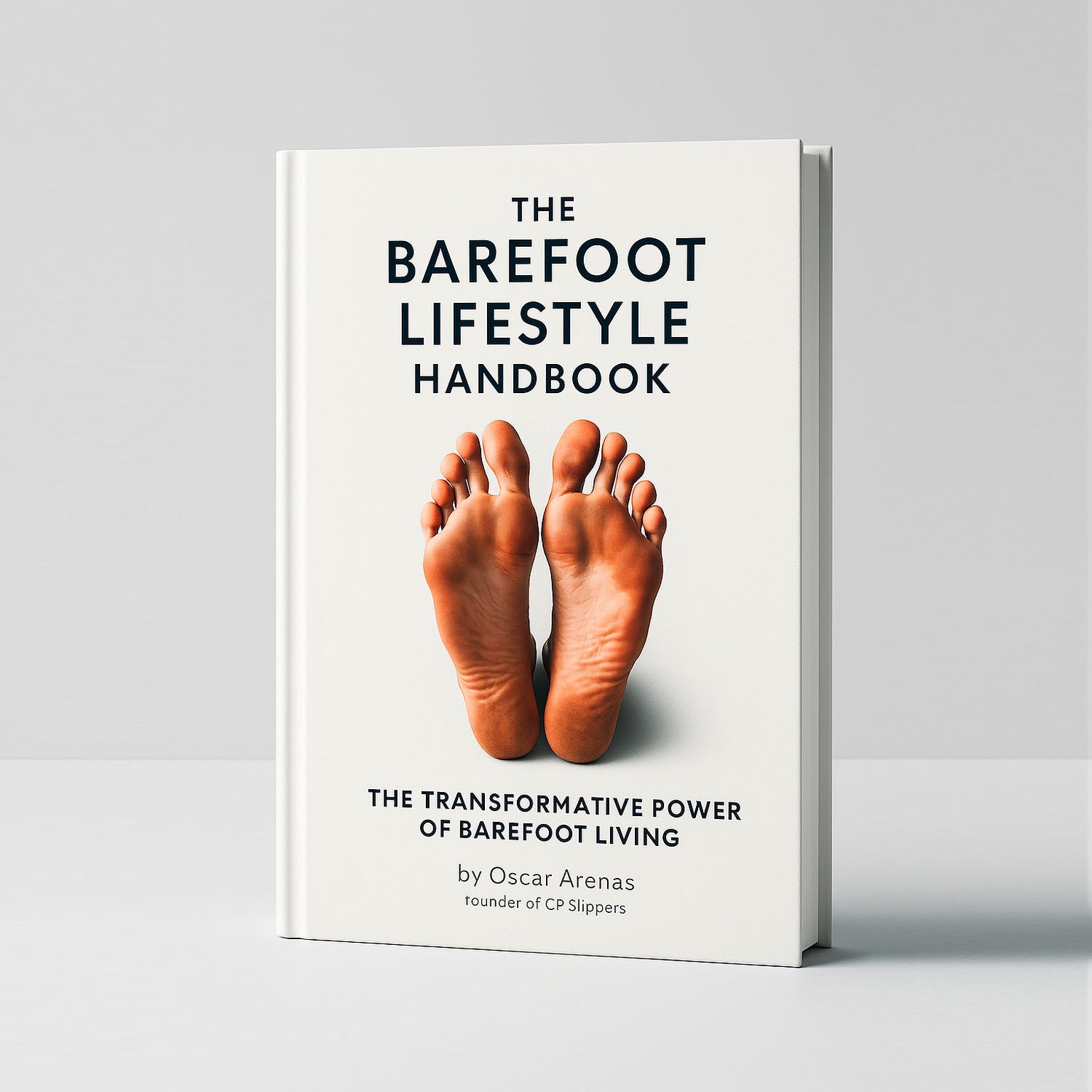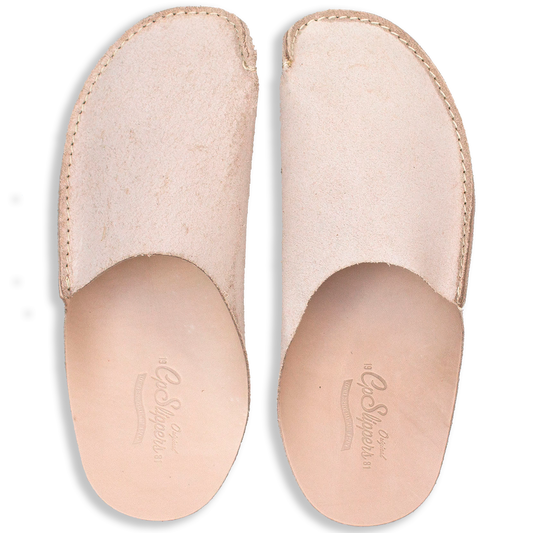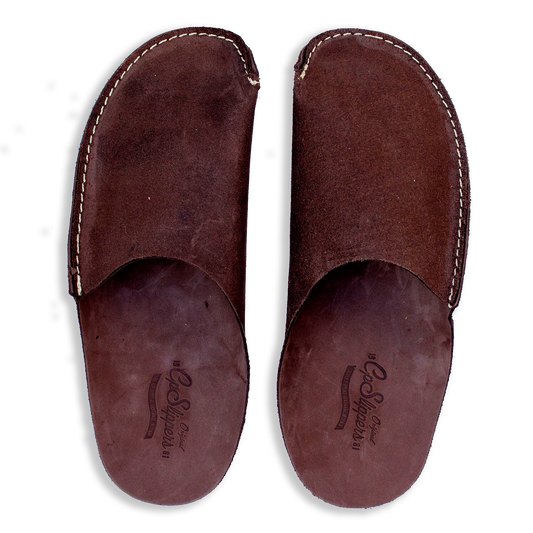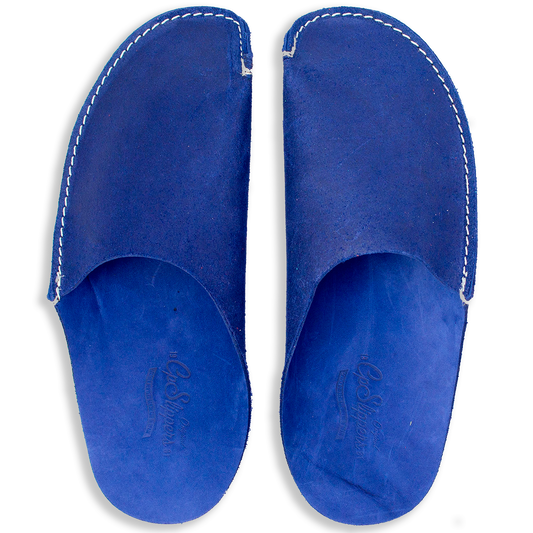Navigating urban environments without shoes.
Finding freedom beneath the pavement
Urban barefoot living first seemed to be a paradox. Not precisely the perfect setting for bare feet, cities are noisy, hectic, and paved over. The experience provides something unique—presence—for individuals who decide to stroll shoeless over parks, alleys, and city streets. Every movement turns into a deliberate act. Every surface reminds us that we can reconnect with the Earth even in concrete jungles.
Not about making a statement, deciding to go barefoot in the city is just personal. It's about adopting a deliberate way of living that values sensation, awareness, and authenticity in a society too often demanding the reverse.
Navigating the urban landscape, Step by Step
City surfaces range from the smooth grass of a peaceful park to the occasional cobblestone stretch and uneven walkways. If you're just beginning, start in more forgiving places:
- Grassy fields in urban green spaces
- Smooth pedestrian plazas
- Sidewalks in residential neighborhoods
Your soles will help you to read the ground as your foot strength and awareness grow. Your gait will naturally change; you will walk smaller and get closer to your surroundings.
Said otherwise, vigilance is really vital. Particularly in high-traffic areas, be on the lookout for glass, trash, and sharp edges. Though not as a fallback, carrying a pair of simple shoes or sandals is always a smart idea as a versatile tool in your barefoot toolkit.
Clean feet in a busy world
To be honest, hygienic issues are important. Urban settings expose you to more than simply harsh textures; genuine issues are pollution, grime, and pathogens. Still, maintaining health is easy with deliberate behaviors:
- Wash your feet daily, especially after walking outside
- Use gentle, natural cleansers to avoid skin irritation
- Carry wet wipes or a small towel for on-the-go cleanups
- Treat minor cuts or abrasions immediately
Happy feet are clean feet; the more you take care of them, the more confident you will be walking throughout metropolitan areas barefoot.
Facing social norms (and the occasional raised eyebrow)
Generally speaking, public barefooting is not the rule in most Western cities. People might gaze at each other. Some would probe. A few could even object to your decision. Accepting the urban barefoot lifestyle also calls for some degree of confidence.
Approach those times with inquiry rather than defense. Tell someone your "why," should they ask. See it as a return rather than a revolt; frame it as part of your own health and well-being regimen.
In places like restaurants, stores, or public transportation where going entirely barefoot could be frowned upon, minimalist shoes provide a great compromise. Respecting social context, they honor natural movement and tactile feedback.
Know the rules, Respect the spaces
Walking barefoot in public outdoor areas is not against any regulations; few, if any, exist. But private companies and organizations sometimes have their own policies, particularly on health codes, liability, or dress requirements.
- Always check signs or ask staff when in doubt
- Be respectful of posted policies
- Know your rights — many regulations are recommendations, not legal mandates
Sometimes all the difference is a calm, intelligent talk. And if not, keeping simple shoes on hand guarantees your readiness for every environment.
Advocating for barefoot-friendly cities
Imagine a city where parks had barefoot paths, museums had shoe-free displays, or yoga zones spread outside the studio—where going barefoot was not only accepted but embraced. Though transformation begins with consciousness, it sounds far off.
Helping to change perspective can be done via organizing local barefoot groups, visiting public forums, and posting your story online. More people knowing the advantages of barefoot life starts to change the infrastructure and social conventions.
Public health advocates and city designers are more and more receptive to inclusive, wellness-oriented environments; barefoot culture fits quite well in that picture.
Final thought: Grounded in the city
Living barefoot in a modern city can not always be simple. Still, it is conceivable. This is a discipline of flexibility, attention, and mild rebellion—not against the city but rather against the alienation the city occasionally promotes.
Walking barefoot around metropolitan areas helps you and others to remember that life, texture, and feeling still exist under layers of asphalt. It serves as a reminder that the Earth remains unchanged. That even here, here in the middle of the metropolis, you can choose to feel.






